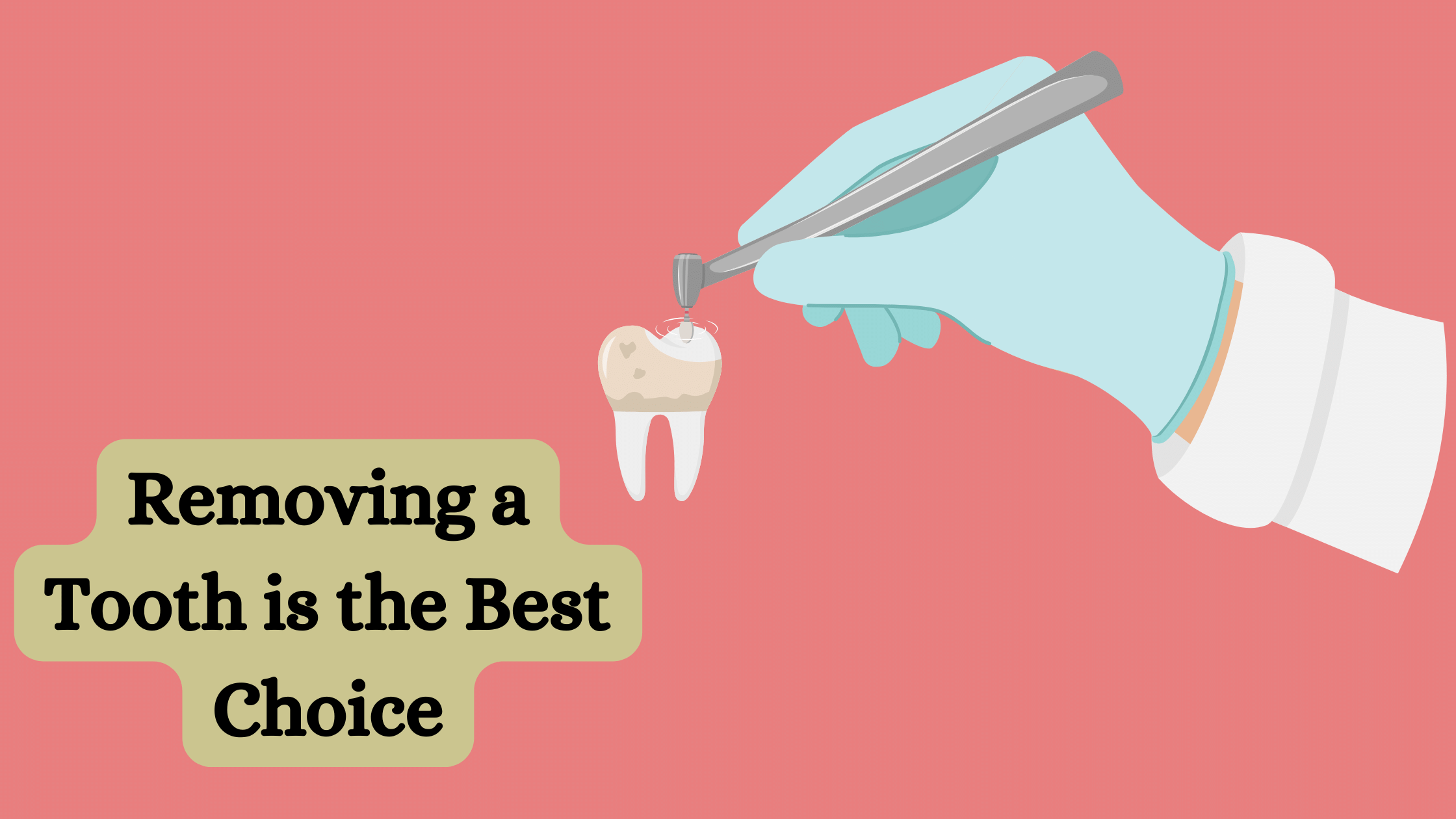
No one wants to lose their teeth, especially when you consider how vital they are to everyday life. From the food you eat to your speech and, of course, your appearance, your teeth are vital aspects of your body. However, there are dark days when tooth removal becomes difficult to avoid.
That happens when your teeth have been damaged beyond repair. It’s not always considered but will be seen as a last resort if dental fillings and crowns aren’t enough to save your teeth. At that point, your dentist will proceed to have the teeth removed.
Tooth Extraction and Why It’s Important
Having a set of teeth damaged beyond repair is the simple reason why people often need to have them extracted. Where crowns and fillings fail, tooth extraction is the go-to saving grace. Although it’s never a good thing to lose one or all of your teeth, tooth extraction often saves patients from further damage.
The real question is, why do people need tooth extraction in the first place? What could be so bad that you’d need to have your teeth removed?
- Broken teeth: There are some cases with minor chips or cracks, but if your tooth breaks off so much that it can’t be remedied with dental fillings, it’s a sign that you need to have it removed.
- Gum disease: perhaps the second biggest reason on the list and one that causes too much pain. Gum diseases like periodontal disease are terrible news for anyone and their dentition. The level of discomfort reaches unbearable levels, and there’s a huge risk of the infection spreading.
- Severe tooth decay: broken teeth, gum disease, and the final member of the feared triduum – severe tooth decay. Severe tooth decay is beyond remedy and often leads to tooth damage and loss. It’s often difficult to fix the affected tooth, but patients are better off having the tooth removed to prevent excess pain.
Other reasons for tooth extraction include the following:
- Collection of pus around the gum
- Collection of pus around the teeth
- Crowded dentition when there’s no space in the jaw for all your teeth
- Impacted wisdom teeth
What Goes On During Tooth Extraction?
The initial step is the patient evaluation. If you head down to Dorking Dental Centre for a tooth extraction, you’ll be given a rundown on what the process entails. After that, your medical and dental history will be needed, which you’ll have to provide.
This step is crucial because of any possible allergies, family history, or current medication that may not impact the procedure in a good way. Once that’s out of the way, you’d be administered local anaesthesia around the tooth area. Once that takes effect, the dentist moves to widen your tooth socket. That will loosen the tooth and make it removable.
In most cases where there’s bleeding in the gum after the process, you’ll be given a soft padding to bite on and stop the bleeding.
Wrapping Up
The process isn’t painful and it takes a few days to heal and get back to normal. However, be sure to practice proper tooth extraction aftercare to prevent any damage.